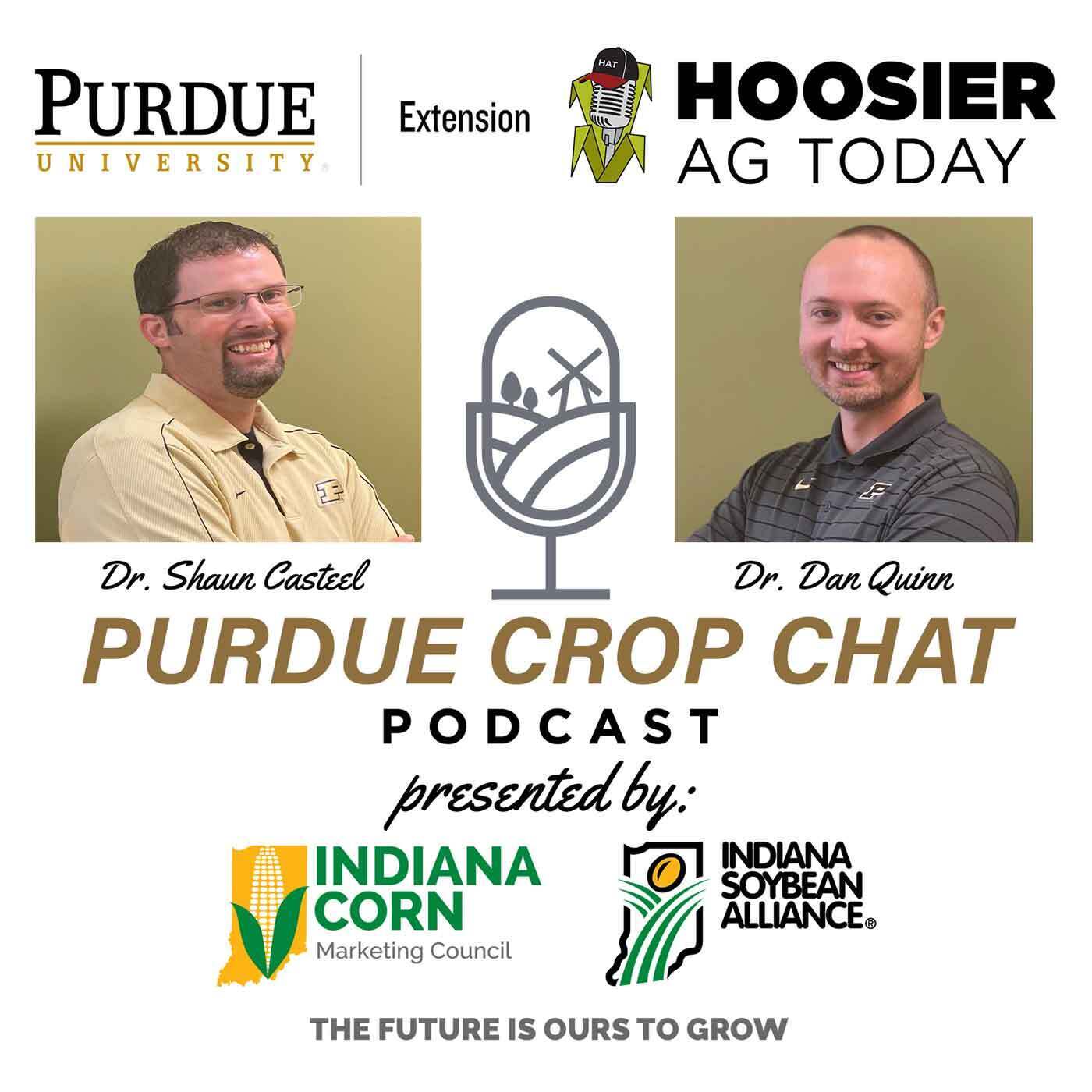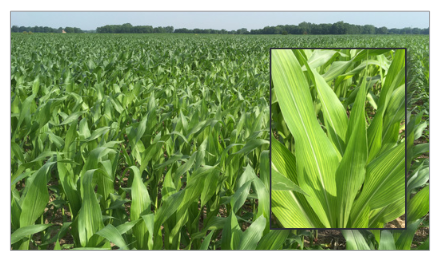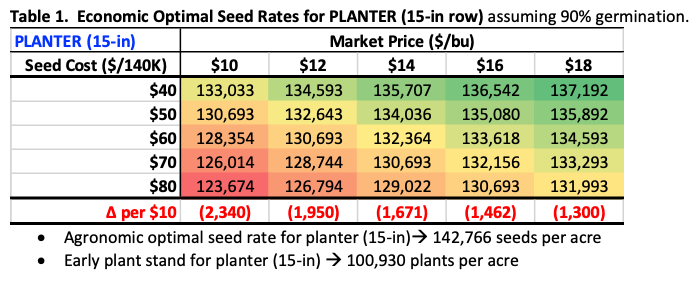
In recent years, a new era in crop management has been centered around biologicals that have targets associated with pest control, improved nutrient supply and uptake, and overall plant growth and resiliency.


In recent years, a new era in crop management has been centered around biologicals that have targets associated with pest control, improved nutrient supply and uptake, and overall plant growth and resiliency.
On this episode, Shaun and Dan talk about the slow start to the harvest season and some early soybean yield numbers.

On this episode of the Purdue Crop Chat Podcast, Purdue Extension Soybean Specialist Shaun Casteel and Corn Specialist Dan Quinn welcome Indiana State Climatologist Beth Hall to discuss the weather extremes farmers have faced and might continue to face this season.

On this episode, Shaun and Dan discuss current crop conditions and concerns they have moving forward.

In recent years, sulfur (S) deficiency has been diagnosed in corn, soybean, alfalfa, and wheat in the Midwest, including Indiana and Michigan.

Thanks for listening to Purdue Crop Chat, a regular podcast from Hoosier Ag Today and the Purdue University Extension Service, featuring Purdue Extension soybean specialist Dr. Shaun Casteel and Extension Corn Specialist Dr. Dan Quinn.

Thanks for listening to Purdue Crop Chat, a regular podcast from Hoosier Ag Today and the Purdue University Extension Service, featuring Purdue Extension soybean specialist Dr. Shaun Casteel and Extension Corn Specialist Dr. Dan Quinn.

Thanks for listening to Purdue Crop Chat, a regular podcast from Hoosier Ag Today and the Purdue University Extension Service, featuring Purdue Extension soybean specialist Dr. Shaun Casteel and Extension Corn Specialist Dr. Dan Quinn.

Soybean seed rate selection is based on a number of factors such as germination score, seed quality, variety, seed protection, planting equipment, and field conditions.
n this episode, Shaun and Dan discuss how corn is no longer king in Indiana or the US after USDA’s Prospective Plantings report last week showed that farmers will plant more soybean acres than corn, and tips for those planting beans on beans.
© 2025 Purdue University | An equal access/equal opportunity university | Copyright Complaints | Maintained by Pest&Crop newsletter
If you have trouble accessing this page because of a disability, please contact Pest&Crop newsletter at luck@purdue.edu.